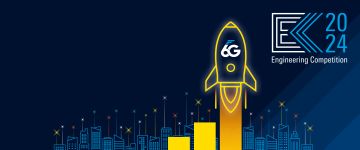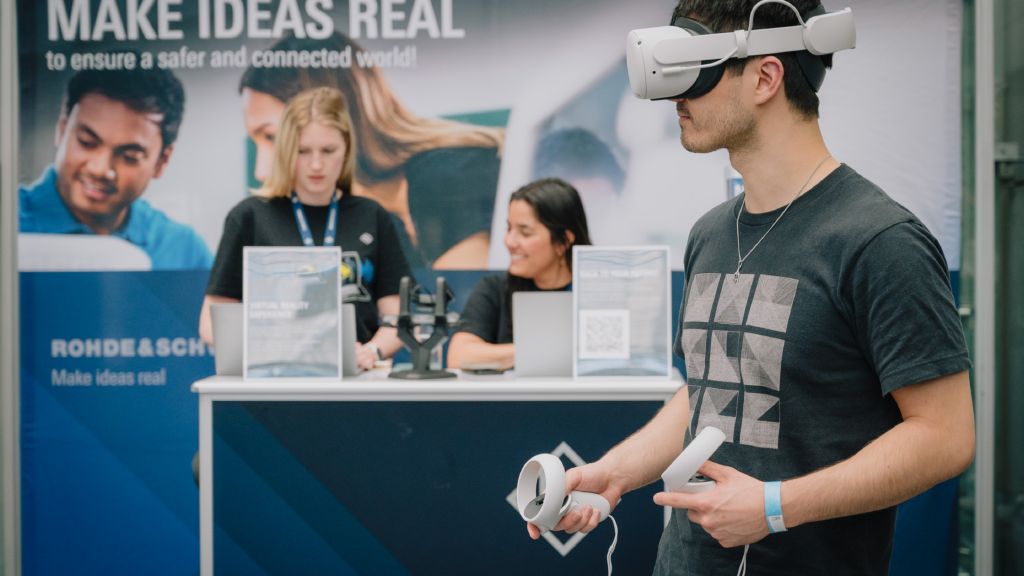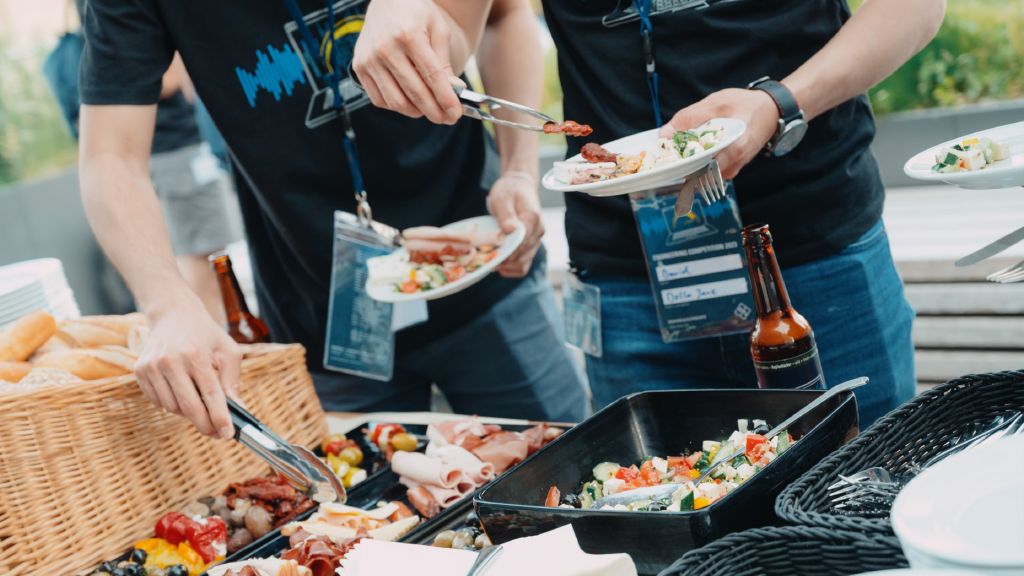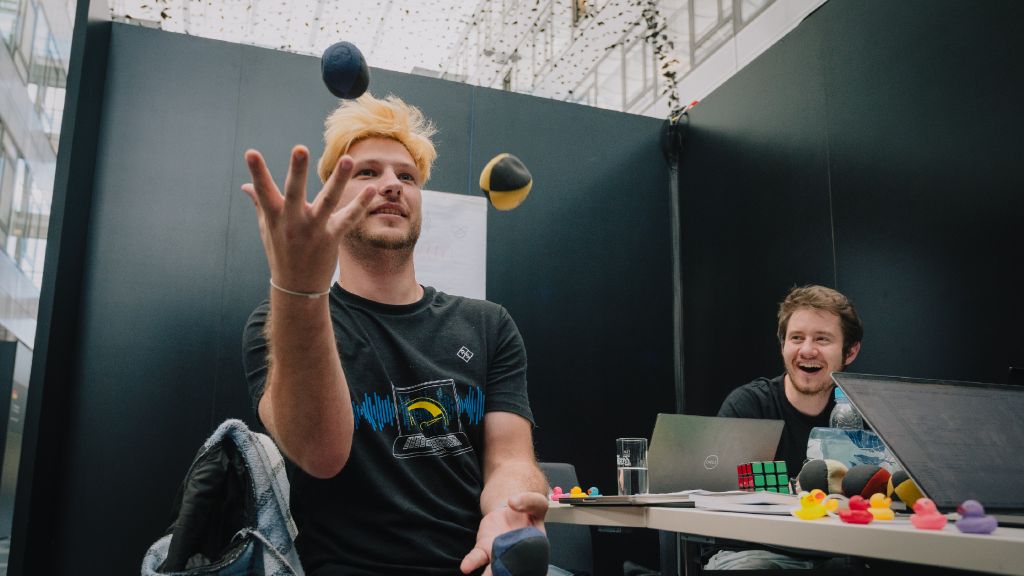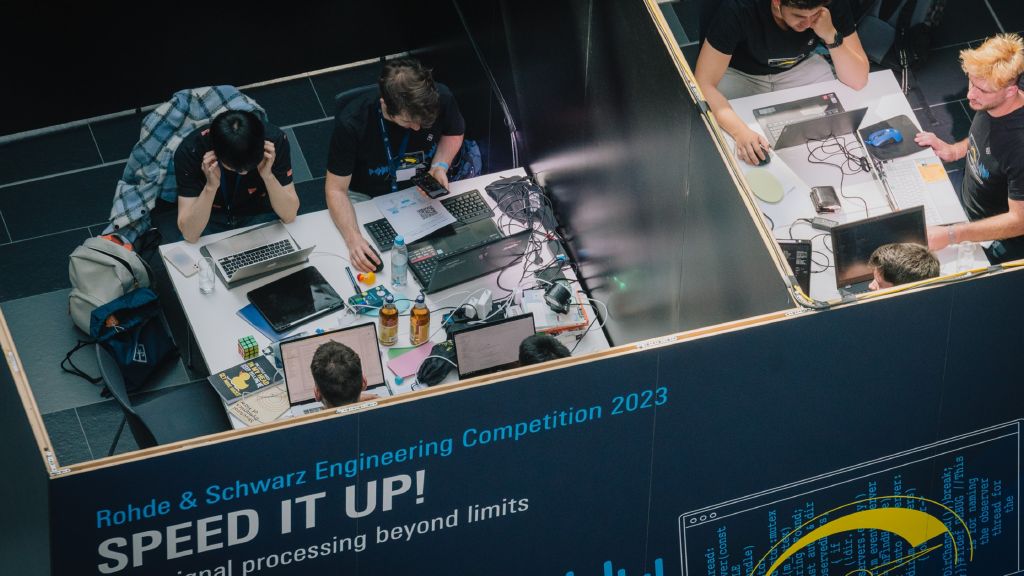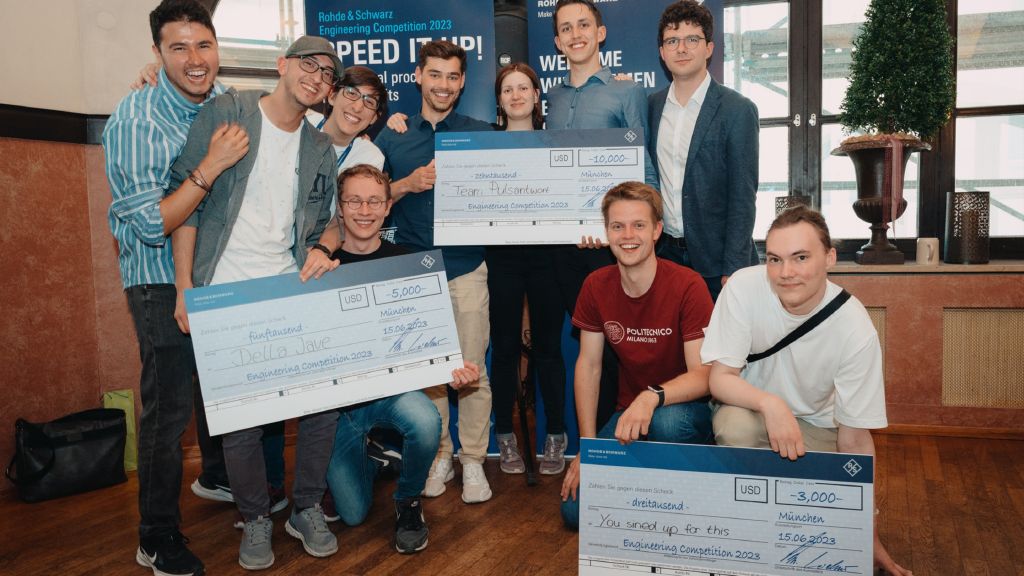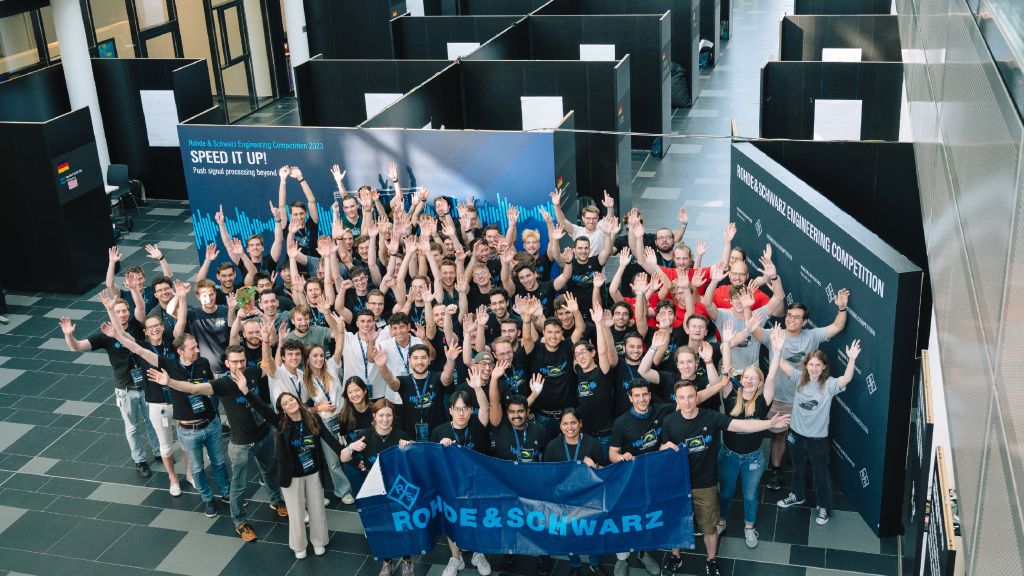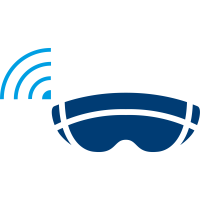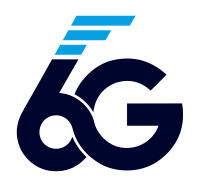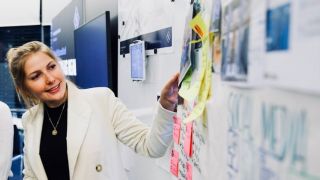How can 6G improve remote assistance scenarios in virtual worlds?
XR (eXtended Reality) will enable many different new technologies and use cases that will improve communication, collaboration and virtual experience. In this challenge we would like you to focus on the Augmented Reality (AR) – Remote Assistance scenario, due to the several advantages and potential impact it can bring in the industry.
Imagine a user facing an issue on a complex device (located on country A) and requiring some expert support (located on country B) to fix it. In such a situation, a user could use an AR headset connected to its smartphone and start an AR-enabled video call with a remote expert. The remote expert will then be able to look at the system in real-time, guide the user during the debugging phase and help fixing the issue. However, enabling such a solution with a flawlessly AR call experience for both persons, requires addressing different technical aspects.
Therefore, we would like you to consider the following points and provide your solution ideas on how those aspects could be addressed.
-
How would you measure QoE (Quality of Experience) on the Remote Assistance use case?
- Which KPIs (potentially new) can you think of for measuring this?
- Which application performance metrics would you consider?
- How would you measure the Audio/Video experience?
- How would you measure the RF impact of body shadowing in the connection between AR headset and smartphone?
-
How would you measure the channel performance and responsiveness?
- How would you measure XR mobility (handovers/offloading) experience?
- How would you measure and visualize key device performance indicators (e.g. on the smartphone)?
-
How would you design a solution that allows reporting live (during a Remote Assistance session) the XR device relevant KPIs to a network measurement equipment for evaluation and visualization?
- Assume the AR call is running between the Smartphone/XR device and the network measurement equipment.
Helpful Links



